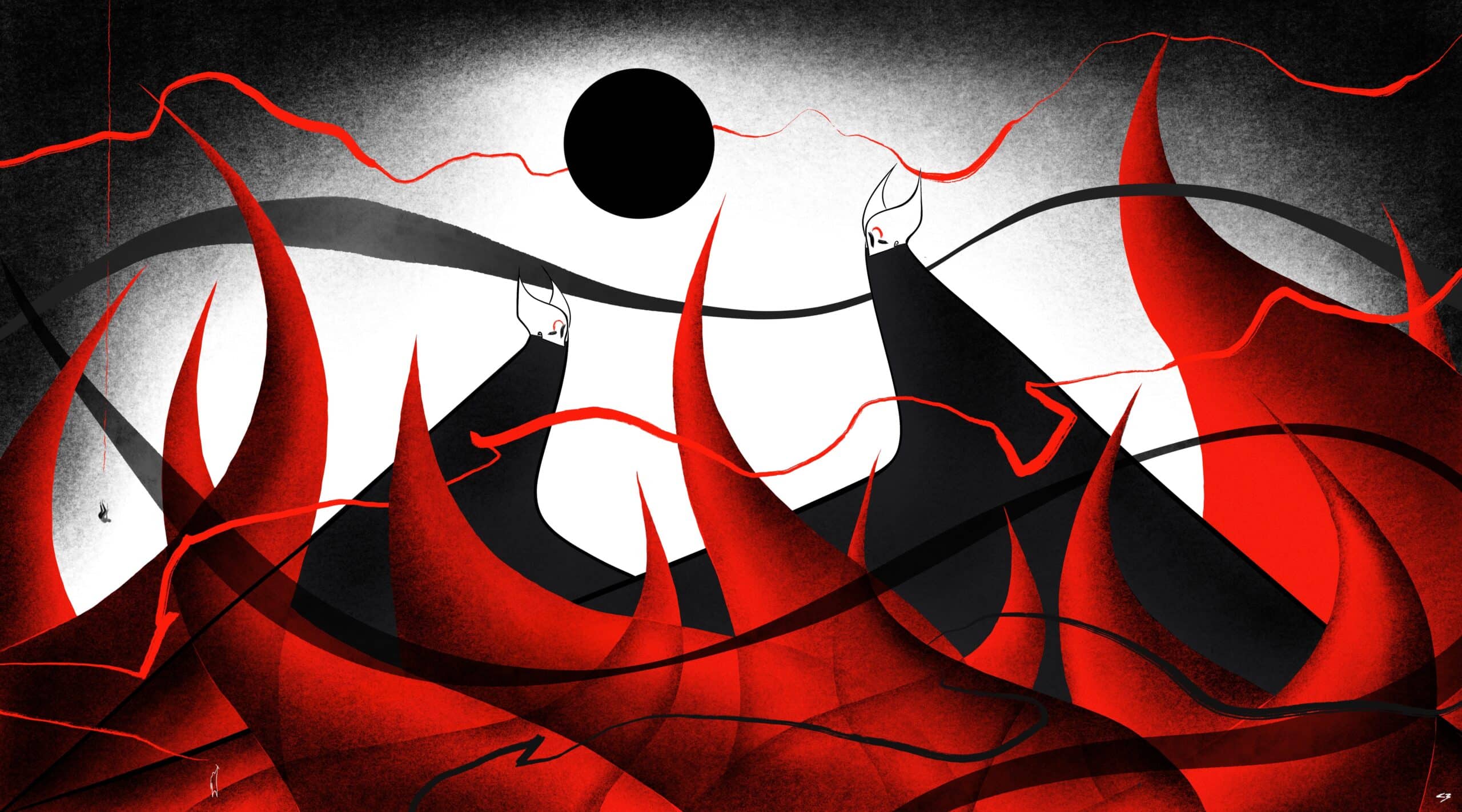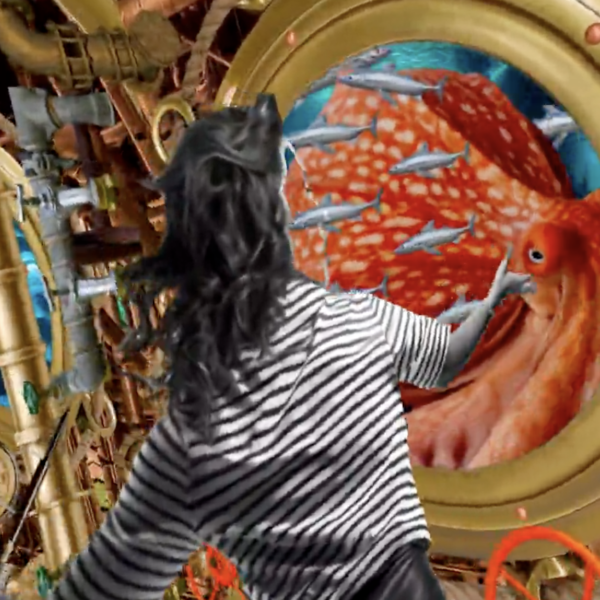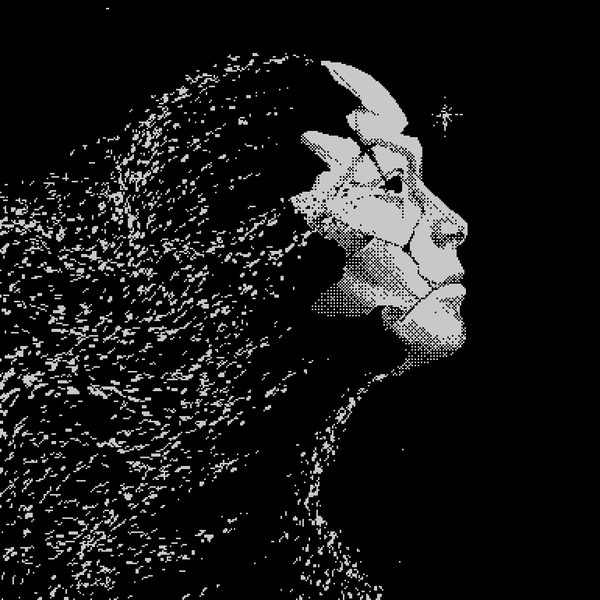Talking Anti-Establishment Revolution with C3
We had the privilege to sit down again with Iranian political artist C3 to discuss his pieces in the AOTM gallery. C3’s protest art is powerful and steeped in history, while containing hope for the future. In this interview, we dissect the story behind his newest creation, touch on his journey into crypto, and ruminate on his plans for the future. Please note, this conversation has been edited for brevity and clarity.
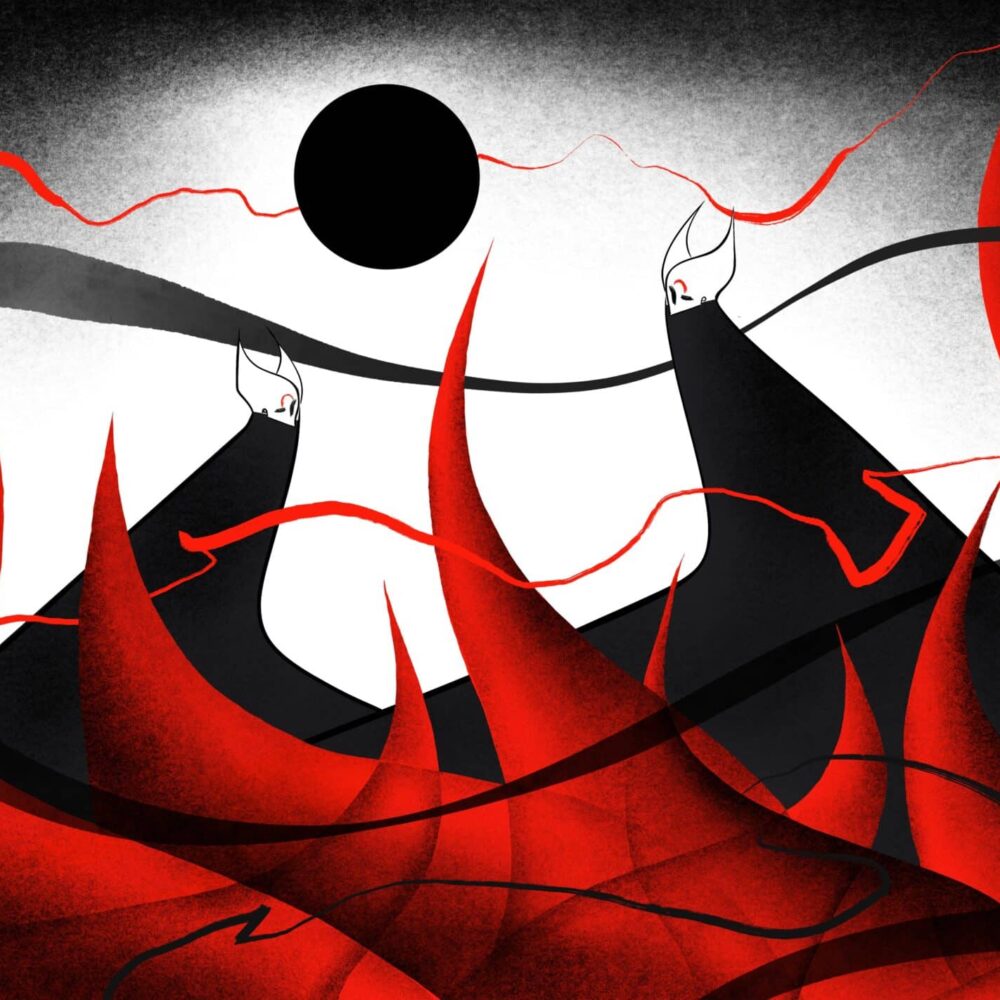
Q: America has drifted so far from a land of “let’s work together, let’s all learn from each other, let’s cooperate.” It does feel like kind of this overwhelming psychosis that society is going through right now. You depict America as well in your art- can you expand on how it looks to you, while you are in Iran?
C3: From the outside, it has become some kind of a parody. It’s a dark parody of people who are “liberals.” Liberte means freedom. These people who say they are working in the name of liberalism and socialism are the very same people that are marching towards the restriction of freedom. It has become a very sad and dark joke. I hope we can stop that from continuing. I firmly believe that the most powerful tool to stop that is inside crypto, inside the NFT part of the world, because crypto is anti-establishment in nature. At its core, crypto is an anti-establishment invention, because the people who created it saw that a lot of institutions were going to restrict our freedoms, and tried to stop it. It’s the most powerful tool that we have, and I hope that we use it well and we don’t go down that road of restriction.
Q: Which artists are your biggest influences and sources of inspiration?
C3: I know art history very well. Before NFTs, there were many artists who I looked up to in the modernist art era. I really like people like Franz Kline, and I use a lot of black and white in my pieces because Franz Kline holds a very major role in my life. I like Lucian Freud, I like Francis Bacon, I love Warhol, I love Kazimir Malevich, I love Mondrian, the list is very long. Maybe I’m a very average or midrange artist, but I have extensive knowledge about art. I know how good art looks.

I will try to tell my story, I will try to fight for those causes, and I will try to make more art.

Q: How did you end up in the crypto universe? What was your initial exposure to this world?
C3: The first time I heard about crypto was when I saw an XCOPY sale on BBC News, it was around 2021. It was a major, major sale. That red painting, that one painting. I saw that on the news and I thought to myself, “that’s a really good piece of art, I should check these NFT things.” I did, and I got into NFTs. There are a lot of beautiful, beautiful artists around the world. I saw XCOPY as maybe the most important part of it, with maybe the most major role in influencing me. I love Xerox’s art too, and I love Sam Spratt. So good. I love the generative part too. There’s a very long list of artists I love, but the most personally majorly influential is XCOPY. I firmly believe that XCOPY is the most prominent and the most important living artist, not just the digital artist. He is the most prominent and the most important artist alive right now in the world.
Q: I wanted to chat about the coronation of the Outlaw King, which has the first piece you minted on AOTM. Can you tell us more about this piece, and about the process of creating it?
C3: It is highly based around the 1979 Revolution of Iran. I wanted it to look grand because it was a major, major historical event that happened in Iran. The revolution centered around people fighting against monarchy, everyone was rising up against the last king. It was the people’s revolution, an Islamic revolution. At the time it happened, most of the people who revolted thought they were getting rid of the monarch. They believed they were going to make this beautiful country and have a certain sense of democracy. Unfortunately, everything developed into a different kind of monarchy, which ended up being the worst kind of monarchy that one can imagine. The Outlaw King that I show in that piece was that figure. The people who revolted back then thought that this was our savior– they thought since the last king was dead, this new king would bring peace and harmony and democracy and freedom, but actually, everything became way, way, way worse. I wanted to show the coronation of that new king in this piece, a king that would rise above the people and kill many of them during its time.
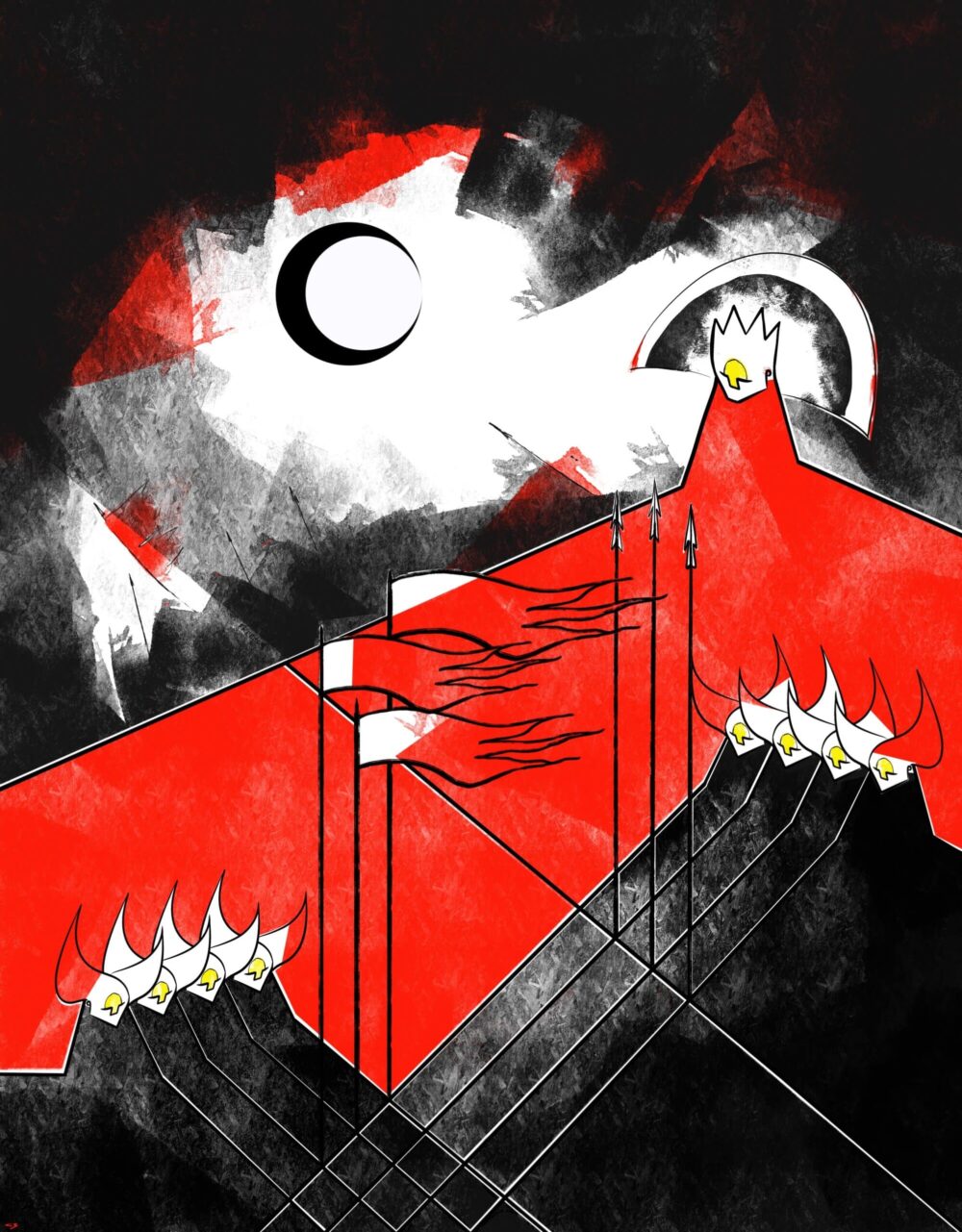
Q: What do you think the future holds for you? What do you see as your role, your purpose, 5, 10, 20 years down the line, in art and in life?
C3: The first goal that I have is to stay alive at least five, ten, or more years. My granddad actually used to say, “you’re not the kind that grows old.” He always used to tell me that, because I was very aggressive and hot-headed when I was younger. I was very direct and I had this immense anger toward any kind of authority in my life. My father, my grandfather, and now the establishment. Any kind of authority and symbol, I had a problem with it. I was always the rebel kind. So, the first goal is to try and live to see five or ten years from now. I will try to fight for that freedom. The way that we are going through the fight for freedom and fight against establishment in the world will be more prominent, and I believe there will be more protest art, because there are no protests. There are very few protests or political art pieces that are being made now. There are a lot of social pieces that you see, but the anti-establishment or anti-dictatorship or pro-freedom pieces are not very common. I will try to tell my story, I will try to fight for those causes, and I will try to make more art.
